Lucca
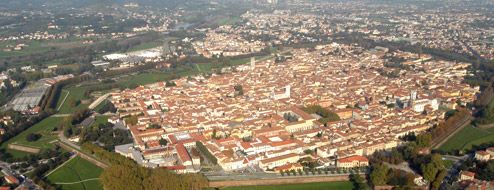
- Lucca Italy
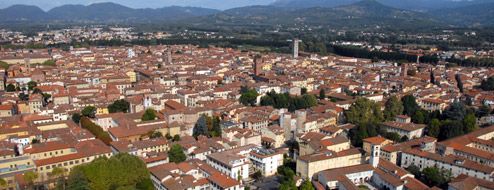
- Lucca Italy
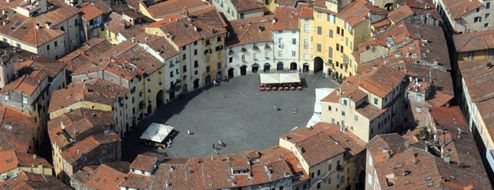
- Lucca Italy
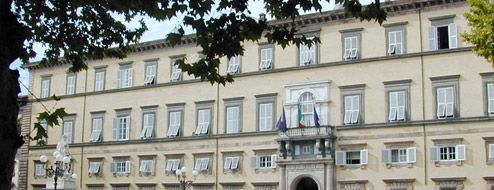
- Lucca Italy
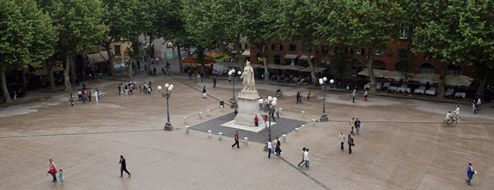
- Lucca Italy
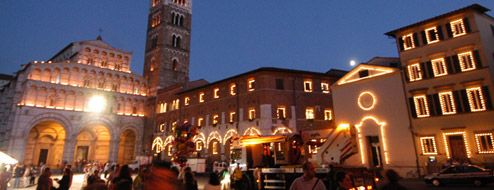
- Lucca Italy
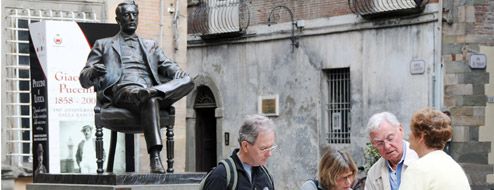
- Lucca Italy
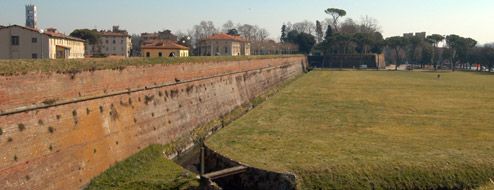
- Lucca Italy
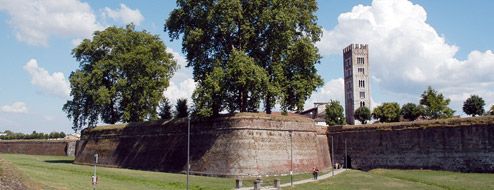
- Lucca Italy
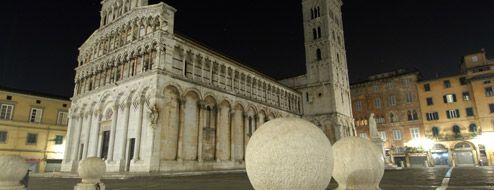
- Lucca Italy
Lucca is a city and a province of Tuscany, which is located in a broad alluvial plain near the Serchio river. With approximately 85,000 inhabitants, the city of Lucca is a rich historical centre, retaining not only its Renaissance-era walls, but also a network of houses, towers, churches, Renaissance palaces and 19th-century little piazzas. Today Lucca is an important tourist and commercial centre, which is renowned for its art and traditional culture, as well as for its paper, chemical, metal, textile and agricultural (olive and wine) industries.
Work on the Renaissance walls, which are the best preserved ramparts in Italy, started in 1544 in order to replace the medieval walls that had become insufficient in defending the city against the expansionist intentions of Florence. This was a massive undertaking and was not completed until 1650.
| Check out the video interview with Ms Elizabeth Franchini, Fondazione Banca Monte di Lucca, describing the work she has undertaken in partnership with local authorities and disabilities groups and town planners to make Lucca an accessible city for tourists and citizens with disabilities. |
Measuring approximately 4 kilometres in length and 12 metres in height, the walls comprise an imposing series of barricades, ditches, gun outposts, barriers, large underground chambers and 10-spurred ramparts. Under the Bourbon dynasty, the walls lost their military might and were gradually transformed into a public walkway. In the 1800's, the top of the thick walls were planted with trees transforming it into the park that it is today. The park, which is off limits to cars, offers visitors numerous scenic paths and is a daily destination for the people of the city.
Lucca's historic centre, with its medieval towers, handsome churches and excellent restaurants, is an ideal place for walking, biking and shopping. Lined with ancient craft workshops and shops, the narrow city-centre streets give visitors a true feeling of the bustling, daily life of the city, while the wealth of locally-grown produce offer visitors a chance to taste typical Tuscan cuisine. Top attractions of the city include the National Museum of Villa Guinigi, the Romanesque St. Martin’s Cathedral (which is close to the Fondazione Banca Monte di Lucca headquartera), Porta San Gervasio (part of Medieval walls), the Roman Amphitheatre, S. Maria Forisportam, Piazza Bernardini, Chiesa dei Servi, Agorà and St. Michael’s Church, or just a walk through the Botanical gardens, with its small lake and large collection of water and mountain plants. Other attractions include a large antique fair on Piazza San Giusto, Piazza S. Martino and Via del Battistero on the third weekend of each month and a craft on the last weekend of every month.
NEW!! http://www.luccaaccessibile.it/
►See the videos featuring Lucca's project on you tube:
- Interviews: https://www.youtube.com/watch?v=OUzvDzDCUcs
- Presentation: https://www.youtube.com/watch?v=ooMe0UqB25w
- Official video: https://www.youtube.com/watch?v=8jOASITA8ho
► Download the presentation shown at the Global Forum on Accessible Cities detailing the process of developing an accessible, tourist itinerary in Lucca.
► Download the presentation describing the LHAC project making headway in Lucca.
Partner Foundation(s)
- Lucca Municipality (Town Hall)
- Cesvot (Tuscany Voluntary Service Centre)
- Province of Lucca
- Government department responsible for the environment and historical buildings
- Lucca Itinera
- Local Associations representing people with disabilities
- Post to Google
- Post to del.icio.us
- Post to Stumbleupon
- Post to Facebook
- Post to Twitter
- Post to Buzz

General Information
Submitted by: Nikos VaslamatzisFoundation Year: 180